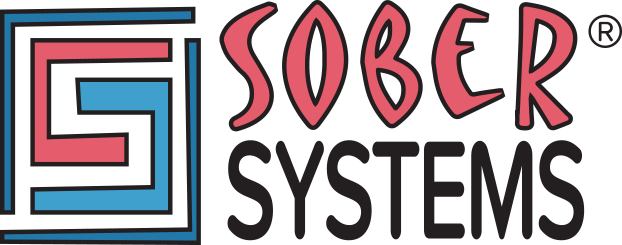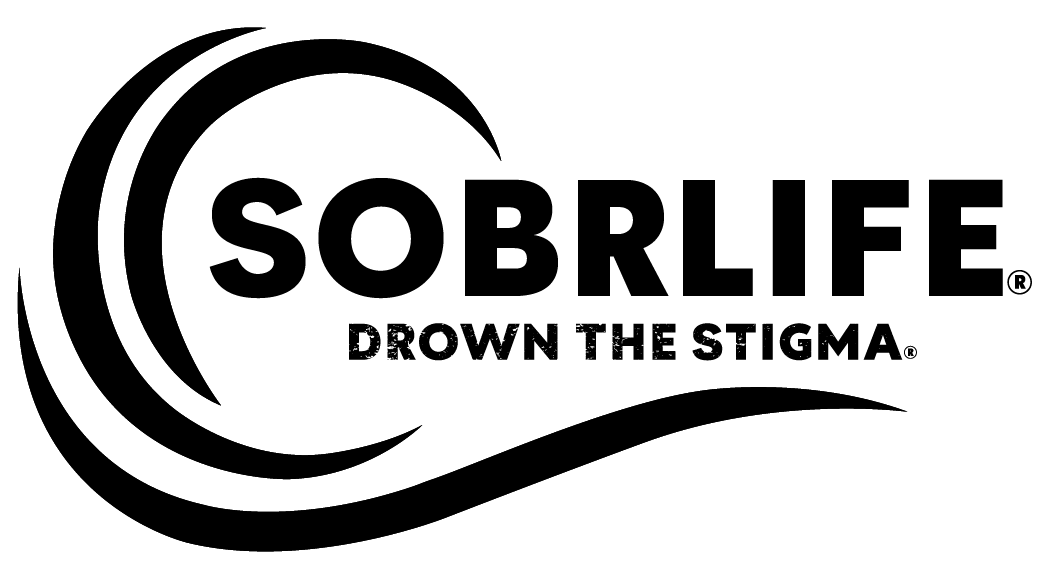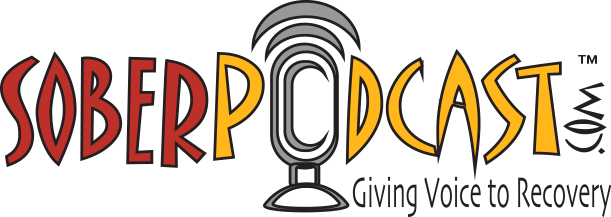WHAT IS SOBER HOUSING?
Sober housing or sober living is a bridge for people who have been in a drug rehabilitation center or program and mainstream society. In other words, the individuals who live there are provided an opportunity to live with others (of the same gender) who are ready to commit themselves to a sober life.
The existence of the sober housing network throughout the world makes it possible for people to live in a safe environment, and prevents them from recidivism and/or relapse. The primary differences between a sober house and incarceration are:
- While there are set rules, residents have the freedom to move about and meet people away from the house.
- Residents can, and are encouraged to find employment.
- Residents work and live cooperatively - they have a responsibility to maintain a clean room and living spaces.
- Everyone participates in recovery meetings
- There are random tests for drug and alcohol use
- All residents must either be working or attending an education program. Another possibility is an outpatient program.

WHO USES IT?
As stated above, the people who use sober housing are individuals who have spent time in an in-patient drug rehabilitation program. It provides a means for these individuals to be in a supportive environment with others who share the same goals - a healthy lifestyle, sobriety, and re-entry into mainstream society.
Many people who go to in-patient treatment have a difficult journey ahead of them. They may have lost their job, relationships, friendships, and even family members. Alongside their addiction, long-term use of drugs and alcohol can also cause serious health problems which they may need to treat. The sober house is relatively unstructured and offers people a chance to acclimate to the 'outside' world albeit in a safe space.
HOW DO THEY WORK?
While there is a high degree of freedom, there is also structure and support. Individuals participate in programs such as relapse prevention, preparing to make amends, finding a job, and also a safe place to live. The average stay in a sober home is about 90 days, but a longer time frame can be arranged.
"High accountability sober living is a much stricter and often an important step after residential treatment. High accountability sober living provides a much higher level of structure, with a daily schedule and activities that are facilitated by staff."
The primary difference between a sober house and a halfway house is that residents must have completed, or be actively enrolled in a rehabilitation program. This rule does not exist for those who wish to enter a sober house. Governments tend to be the funders of halfway houses which also (usually) have a limit of one year for the maximum stay. Those residents who also participate in a 12-step program while living in the sober house show a much higher rate of recovery and a lower rate of relapse.
FURTHER RESOURCES
- Affordable Housing - SAMHSA - https://www.samhsa.gov/homelessness-programs-resources/hpr-resources/affording-housing-models-recovery
- Recovery Housing Policy Brief - https://files.hudexchange.info/resources/documents/Recovery-Housing-Policy-Brief.pdf
- Find Transitional Housing - https://serenityatsummit.com/treatment/transitional-housing/
- Sober Living: Temporary and Permanent Housing Options - https://www.uphomes.com/blog/sober-living-housing-options.html
- Sober Living Homes and Oxford Houses - https://www.drugrehab.com/recovery/sober-living-homes/
- Recovery Residences - https://www.recoveryanswers.org/resource/recovery-residences/
















